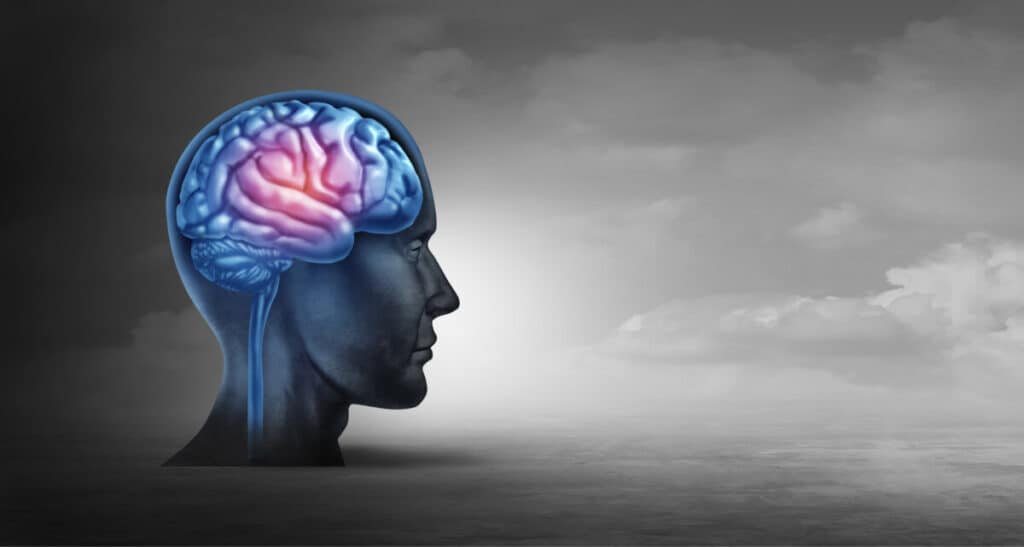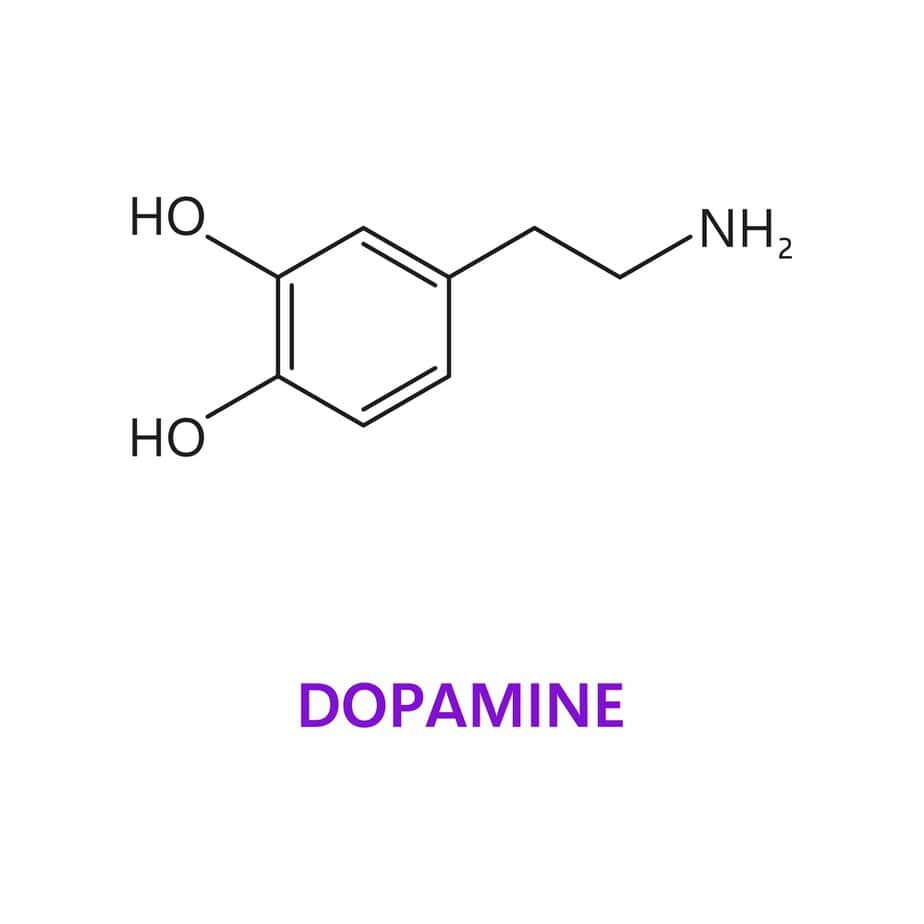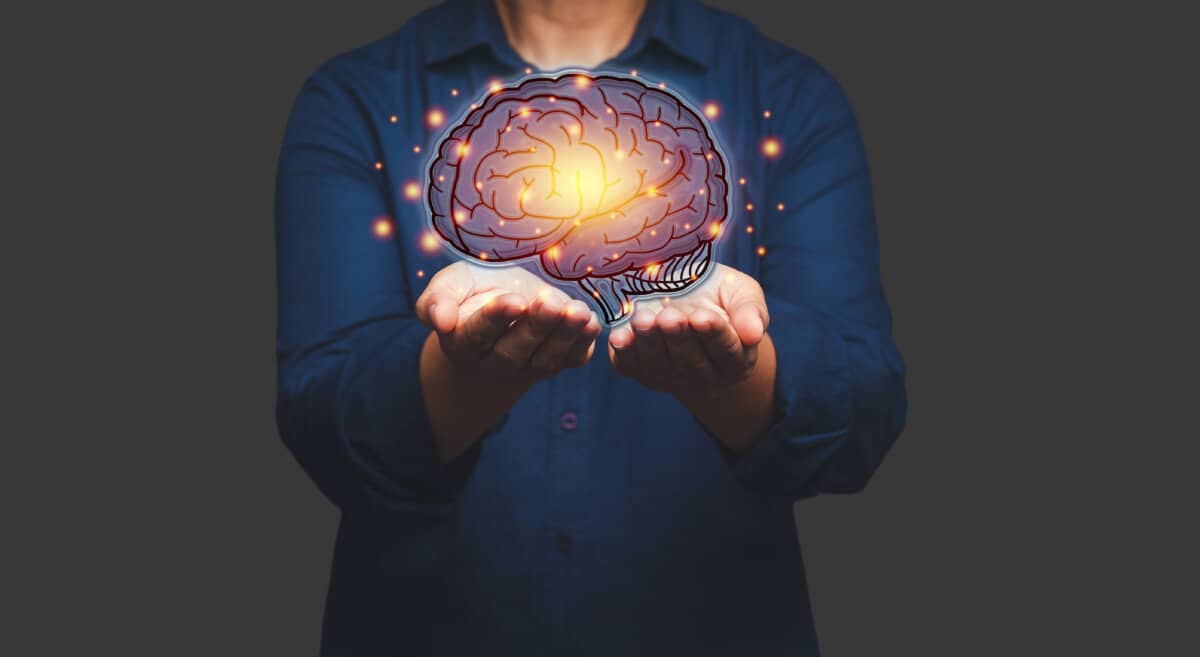Estimated reading time: 8 minutes
Set to affect 12 million people by 2040, is linked to viruses like COVID-19, its symptoms include tremors and slow movements, significantly impacting daily life. Despite no cure, research, particularly in the gut-brain axis, shows promise in treatment, highlighting essential facts about Parkinson’s disease.
Table of contents
- Introduction
- History
- Viral Neurological Impact Linked to Parkinson’s
- Symptoms and Stages of Parkinson’s Disease
- Understanding Parkinson’s: More Than a Movement Disorder
- Exploring the Gut-Brain Axis in Parkinson’s Research
- Environmental and Genetic Factors in Parkinson’s Etiology
- How to Diagnose Parkinson’s
- Current Treatments and Innovative Research in Parkinson’s
- How To Prevent Parkinson’s
Introduction
Parkinson’s Disease (PD) is the fastest-growing neurological disease in the world1,2 with 2.5 million worldwide in 1990, and 6.1 million in 2016. Parkinson’s is predicted to grow to 12 million by 2040.
History
Dr. James Parkinson was a British physician who first wrote in 1817 about “the shaking palsy” also known as paralysis agitans. Fifty years later French neurologist Dr. Jean Martin Charcot expanded on his work and credited the name of the disease to his predecessor. Dr. Parkinson was more famous for his work with fossils and geology during his lifetime. He was also a post-French Revolution activist who advocated for prison conditions and education for the poor3. Dr. Charcot was later associated with Charcot-Marie-Tooth Disease, part of a group of inherited degenerative nerve disorders.
Viral Neurological Impact Linked to Parkinson’s
Neurotrophic (nerve-loving) viruses that cross the BBB (blood-brain barrier), like COVID-19 and influenza, cause significant neurologic symptoms such as brain fog, loss of smell and taste, depression, etc. They also seem to trigger longer-term changes, which can result in Parkinson’s.

Previous studies have shown that if you survived the Spanish flu pandemic in 1918, you were 2 to 3 times more likely to develop Parkinson’s. It’s likely to be the same with COVID-19. Increased risk of Parkinson’s has also been identified in those who had HIV, West Nile virus, Japanese encephalitis virus, Coxsackie virus, Western equine virus, and Epstein-Barr virus.4
Symptoms and Stages of Parkinson’s Disease
- Tremors
- Slow movements (bradykinesia)
- Stiff muscles sometimes causing pain
- Changes in posture and balance5
- Loss of smooth automatic movements
- Loss of arm swing
- Reduced blinking
- Expressionless face
- Changes to speech such as softening or slurring
- Sometimes writing becomes smaller
- Drooling
- Difficulty swallowing (dysphagia)
- Stooped walking
- Shuffling gait
Stages of Parkinson’s
- Mild without effect on daily activities. Symptoms may be tremor, bradykinesia, mild posture and balance issues, flat affect (reduced facial expressions).
- Worsening symptoms makes activities more difficult, can still care for themselves.
- Still independent but prominent balance issues and bradykinesia. Daily activities harder to do, e.g. eating, dressing.
- Difficult to live alone, may require help and/or a walker.
- Debilitating, may be hard to stand on own, may need a wheelchair, may become bedridden. May have delusions, hallucinations and poor reasoning as well as weight loss.
Life Expectancy: about the same as without PD but perhaps a few less years. Lack of dopamine doesn’t kill you, it’s the complications that are harmful. Falls resulting in fractures and pneumonias are significant issues. You don’t die of PD, you die with it. Everyone’s course of PD is different and unique. Each case of PD progresses at different rates. Most do quite well for many years.
There is a lot you can do to alleviate your symptoms despite the current lack of a cure for Parkinson’s6.
Relief begins with staying active, exercising, eating a healthy, well-rounded whole food diet, and taking medicines if needed.
Because anxiety and depression can be part of Parkinson’s, it’s important to maintain a healthy, positive attitude and to surround yourself with people who can help reinforce that.
Understanding Parkinson’s: More Than a Movement Disorder
Parkinson’s is considered a movement disorder. Because of the wide variety of presentations, it’s a syndrome rather than a disease. A lack of dopamine in neurons (nerve cells) in the area of the brain called the substantia nigra is the main problem. You begin to have symptoms when 50 to 60% of cells producing dopamine in the substantia nigra, die.

However, there are other effects beyond movement problems. The lack of dopamine in the brain interferes with the smooth coordination of your muscle motions. For example, if you reach out to grab a glass, you have to relax some muscles and contract others at the same time to make it a smooth motion. People with Parkinson’s have a harder time doing that because they have less coordination of that motion and less syncing of relaxation with contraction. Some people experience “freezing,” which is a temporary condition of inability to move. Speaking of no movements, believe it or not, constipation is a significant symptom of Parkinson’s. Parkinson’s can also cause significant cognitive effects, even to the point of causing Parkinson’s dementia. Mental health effects can also include anxiety and depression.
Restless leg syndrome (RLS) can be part of Parkinson’s but can also be a standalone nonprogressive problem. In some, RLS is caused by anemia and improves with correction. Others have RLS as a medication side effect, such as from trazodone, widely used as a sleep aid. Some find that sugar overload triggers RLS.
Exploring the Gut-Brain Axis in Parkinson’s Research
There is currently no cure for Parkinson’s; however, there is a lot of research going on into causes and treatments. One exploding area of research has to do with the gut-brain axis related to the microbiome, which is the gut bacterial population inside you. Certain bacteria seem to cause inflammation even in remote parts of the body, and others seem to be anti-inflammatory. The makeup of your microbiome has a lot to do with chronic inflammatory disease. More research is in place as to what probiotics might be helpful. But in general, the way to make your microbiome more favorable to your health is to make sure you eat plenty of whole foods and lots of fiber7. One probiotic that is linked to improvement in PD and even possibly prevention of PD, is Lactobacillus plantarum8.
Here’s one small company that’s researching ways to slow the progression of Parkinson’s and even potentially cure it. I am participating in their research protocols, but I do not receive any money or gifts of any kind from Zhittya Genesis Medicine.
that’s researching ways to slow the progression of Parkinson’s and even potentially cure it. I am participating in their research protocols, but I do not receive any money or gifts of any kind from Zhittya Genesis Medicine.
Environmental and Genetic Factors in Parkinson’s Etiology
There is no single identified cause of Parkinson’s. It’s thought to be related to multiple factors. It can be toxins in the environment, such as water contaminated with TCE (trichloroethylene), as happened at Camp Lejeune, farm toxins such as pesticides and weed killers, and Agent Orange. Industrial solvents may be linked. Some cases are genetic and family-related. Repeated head traumas may be causative as well, the most famous case was the great boxer, Muhammed Ali. Some cases have no relation to anything in particular. Parkinson’s Disease Risk Factors and Causes | Johns Hopkins Medicine
TCE is everywhere and gets into food, even through the air. It’s a widely used degreaser but much less so than before. Read this for more details . A higher IQ or higher level of education or cognition may be a risk factor for Parkinson’s as well. However, it’s not at all clear as to why that might be, but it may be a clue that PD can be genetically linked9.
. A higher IQ or higher level of education or cognition may be a risk factor for Parkinson’s as well. However, it’s not at all clear as to why that might be, but it may be a clue that PD can be genetically linked9.
How to Diagnose Parkinson’s
The diagnosis of Parkinson’s is largely based on clinical evaluation. DAT scans can be helpful in sorting out overlapping Parkinsonism symptoms. A new MRI called NM101(neuromelanin) MRI scan is much more specific but not widely available as yet. There are new skin biopsy tests that quantify amounts of synuclein aggregates. Synuclein is everywhere but accumulates abnormally in several disease states like Parkinson’s and Lewy body dementia. The biopsy can distinguish from MSA, multisystem atrophy, which is a more serious, rapidly degenerating disease. The skin biopsy is in three sites: the neck, leg, and distal leg. Also available are biomarkers in the CSF (cerebrospinal fluid) but that requires a spinal tap. Any volunteers?
Current Treatments and Innovative Research in Parkinson’s
Treatments are being developed like never before. See Zhittya above. Dopamine is to PD as insulin is to diabetes. We have insulin subcutaneous infusions, and now a levodopa infusion device exists. It has also been noted that diabetic patients treated with GLP-1 agonists (meaning it triggers GLP-1 receptors, antagonists block them) have much less PD, with 30-40% reduced risk. That begs the question of whether it’s protective from PD or disease-modifying of PD. Stay tuned! GLP-1 agonists include Ozempic, Trulicity, Mounjaro, Exenatide, Byetta, semaglutide, and tirzepatide. Most of them are currently more famous for weight loss than diabetes. For those with debilitating tremors, deep brain stimulation (DBS) has been proven to be very effective, safe, and relatively noninvasive despite the brain surgery required to place it. The device does not go directly into brain tissue, so there is no tissue damage in the process. Some find benefit from CBD.
If you have neurologic symptoms suggesting PD, see your doctor and consider a neurology consult.
How To Prevent Parkinson’s
Prevention of Parkinson’s includes avoiding toxins, dry cleaners, filtering your water, and considering taking Lactobacillus plantarum (L. plantarum). Keep moving, cut down on sugar intake, and stay up to date on your vaccines, especially COVID-19 and Influenza.
If you or a loved one has Parkinson’s, you are not alone. There’s no better time in medical history to have Parkinson’s than now. It’s possible to live a rich and rewarding life despite PD. As they say, you don’t die OF Parkinson’s…you die with it. As a Parkinson’s patient myself, that is encouraging.
To Your Good Parkinson’s Journey,
Kevin McCurry, MD
- Global, regional, and national burden of Parkinson’s disease ↩︎
- 1990–2016: a systematic analysis for the Global Burden of Disease Study 2016 – The Lancet Neurology ↩︎
- The History of Parkinson’s Disease | MyParkinsonsTeam ↩︎
- How past pandemics may have triggered rising cases of Parkinson’s (bbc.com) ↩︎
- 5 ↩︎
- parkinsonsprotocol.com ↩︎
- The Gut Microbiome & Parkinson’s Disease | APDA (apdaparkinson.org) ↩︎
- The Add-On Effect of Lactobacillus plantarum PS128 in Patients With Parkinson’s Disease: A Pilot Study – PubMed (nih.gov) ↩︎
- Frontiers | Intelligence, education level, and risk of Parkinson’s disease in European populations: A Mendelian randomization study (frontiersin.org) ↩︎
recent posts
This article provides an overview of turmeric, a traditional food spice used in Chinese and Ayurvedic medicine. It discusses the safety of turmeric and its active ingredient, curcumin, and how it may...
Estimated reading time: 12 minutes The standard American diet (SAD) has contributed to millions of deaths and disease processes and is getting worse. Cardiovascular disease, diabetes, and cancer...


